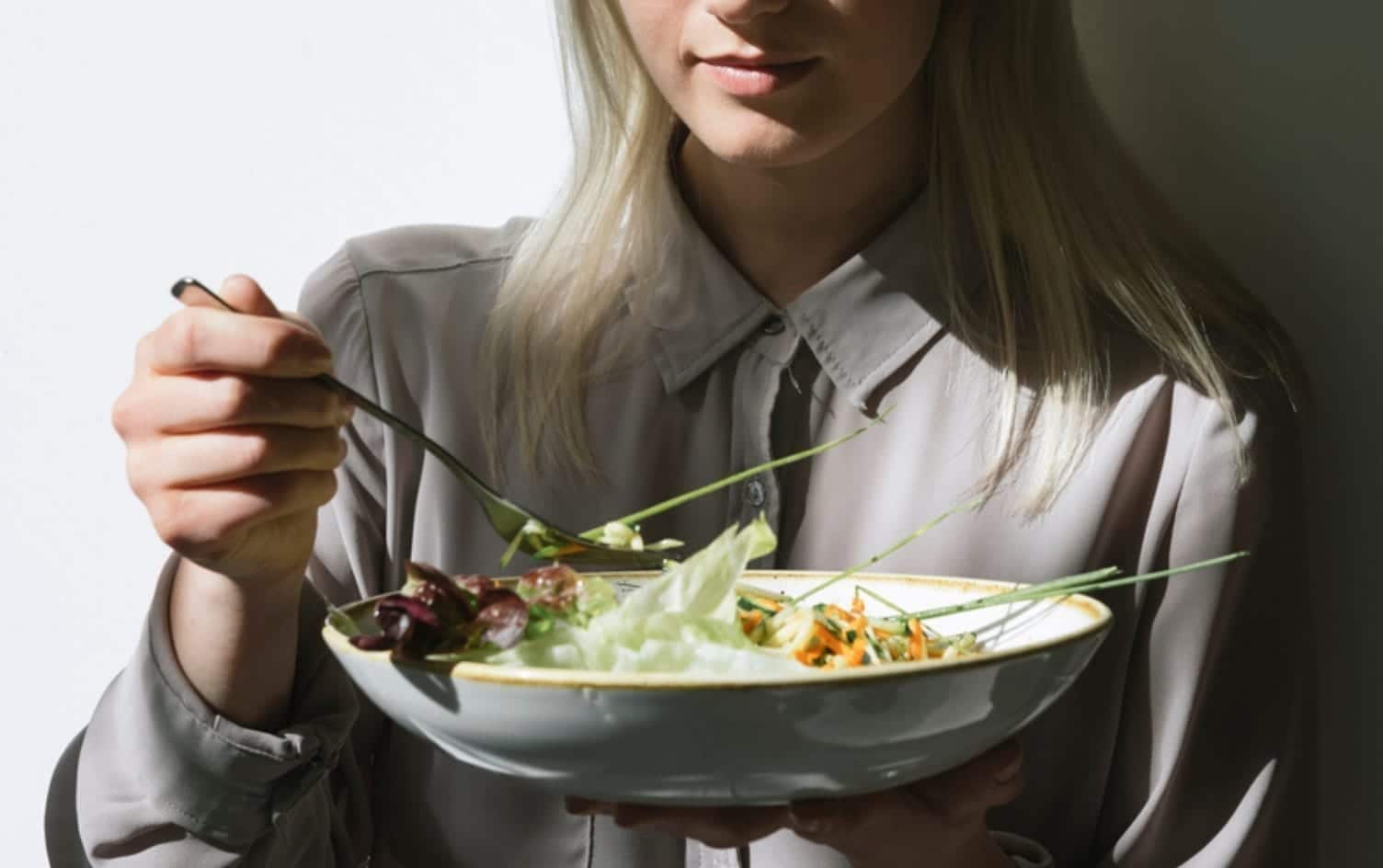The irony is that when you decide to clean up your diet and commit to whole foods and lots of vegetables, you expect to feel better than ever, but you don’t. Suddenly you’re bloated or full or have diarrhea or are nauseated. It’s helpful to know this is a “transition phase” where your digestive system is adjusting to new foods, according to dietitian Tamara Duker Freuman, RD, author of “The Bloated Belly Whisperer.”.
“When people start eating healthier, which usually means more vegetables and possibly swapping refined grains for whole grains, they sometimes find they’re getting stomach upset,” she says. “That might include bloating, feeling overfull, even nausea in some cases.”
This is a short-term effect, so, fortunately, you don’t need to ditch your healthy strategies, she says. But there are ways to make the transition go smoother. Here are some potential causes and how to adjust.
FOOD SENSITIVITIES OR ALLERGIES
If you’ve never experienced any food allergies, intolerances or sensitivities in the past, you might think you’re safe once you’re an adult. But almost half of all food allergies start after age 18, says Dr. Ruchi Gupta, director at the Center for Food Allergy & Asthma at Northwestern University’s Feinberg School of Medicine.
“Especially if you’re trying a broad array of foods that are new to you, there’s a possibility you may have a sensitivity or intolerance you didn’t know about,” she says. A true food allergy usually prompts a dramatic, and sometimes life-threatening reaction, but with these milder forms, you could experience stomach upset, she says, since the food would cause inflammation.
Although the most common food allergy is shellfish, nut allergies have risen by about 260% in the past decade, Gupta says. Even if you don’t eat nuts in their raw form, you might be eating them if you’ve decided part of your healthy eating is to use nut flours — such as almond flour or nut-based pasta — or drink them to reduce your dairy intake, such as cashew milk.
The best approach here is to introduce one food at a time and see how well you tolerate it. For example, instead of revamping your whole diet to include nuts at every meal, try one type for a few days to see if there’s a reaction, and then add another choice a few days later, and so on. This allows you to pinpoint problematic foods more easily.
SO MUCH FIBER
Let’s say you’re all about the whole grains in every form, including pasta made from healthier options like lentils or chickpeas, and you’re adding vegetables into that mix, plus snacking on fruit as a treat instead of sugary options.
Those are excellent steps, but if you’re ramping up to that quickly, it’s a huge adjustment in terms of your fiber intake, says dietitian Maggie Ward, RDN, nutrition director of The UltraWellness Center in Lenox, Massachusetts.
Fiber has numerous benefits, from helping keep us full for longer, to improving insulin sensitivity by regulating blood sugar, to reducing the risk of some chronic conditions like heart disease. Fiber also helps the digestive system to bind food and move it through more efficiently, keeping you regular.
But here’s the kicker: If you don’t increase your hydration as your fiber intake goes up, all that fiber won’t move through your system as well as it should. That’s when you may start to experience nausea or even constipation.
“Increased water intake is a good idea on its own, but it’s particularly important when you’re changing your diet to be healthier,” says Ward. “That can work with the fiber so you can adjust more quickly. You can also get both with more vegetable-based soups, for example.”
NOT ENOUGH FIBER
On the opposite end of the spectrum, some people opt for a diet makeover by turning to more juicing, which means you’re stripping the fiber from fruits and vegetables.
Although several experts have suggested the pitfalls of juice cleanses outweigh the benefits, they’re still popular as a “reset” for eating plans. They do add more vitamins and minerals into your system, but they can be tough on your digestive system, says Duker Freuman.
These juice-only programs might add more vitamins and minerals to your system, but you’re also missing out on fiber, says Freuman. When that happens, your digestive system basically fights back.
READ MORE: Athlete’s Guide to Avoiding Bloating, Cramping and Gastric Distress
“When you have zero fiber, you’ll see the consequences in the bathroom,” she says. Many people become constipated, she notes, because fiber gives our stool bulk. Others might have the opposite problem with diarrhea because of the high amount of sugar alcohols introduced by the fruits and vegetables — without the fiber that would allow those alcohols to be absorbed properly.
“Also, juice cleanses don’t generally support optimal function of the body’s built-in ‘detox organs,'” she adds. That means the liver, intestines and kidneys, which all rely on a steady flow of fiber to operate.
THE BOTTOM LINE
Go slow, eat food instead of drinking it, and integrate healthy choices in a measured way instead of dramatically. You may have to make some adjustments anyway, but it should resolve within a few weeks, and you’ll be on a healthier path along the way.




